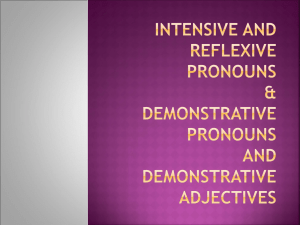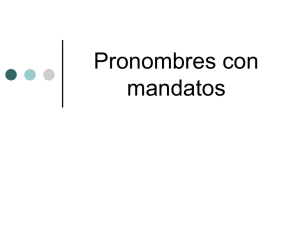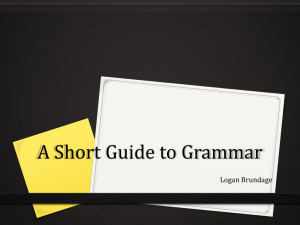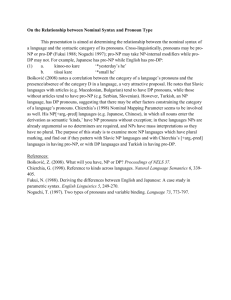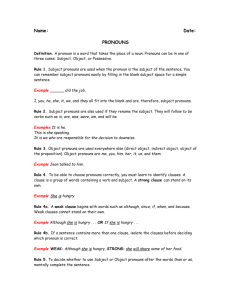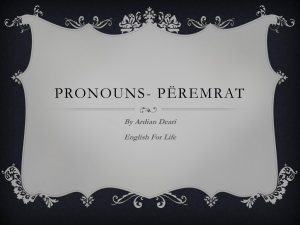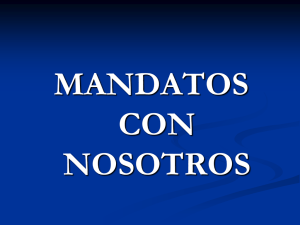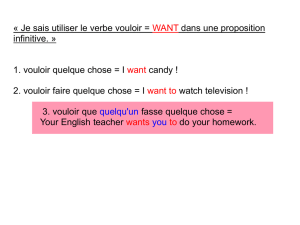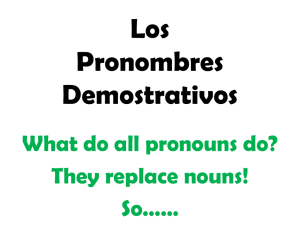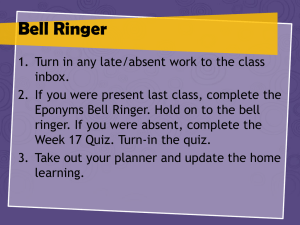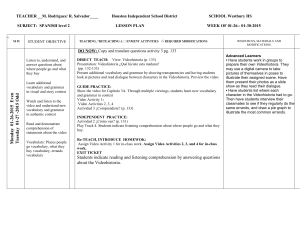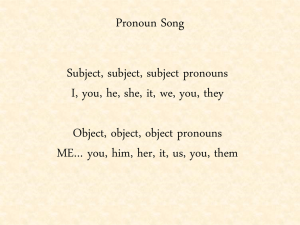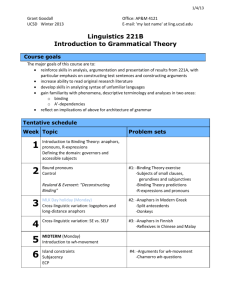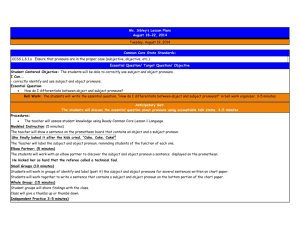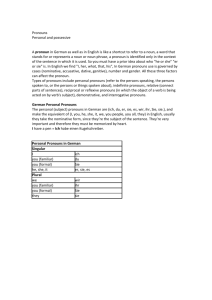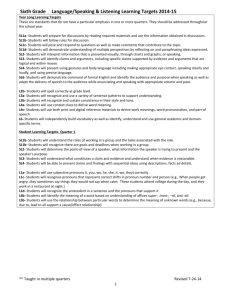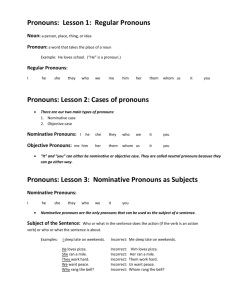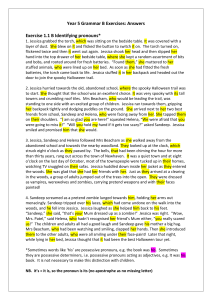Grammar through Writing
advertisement
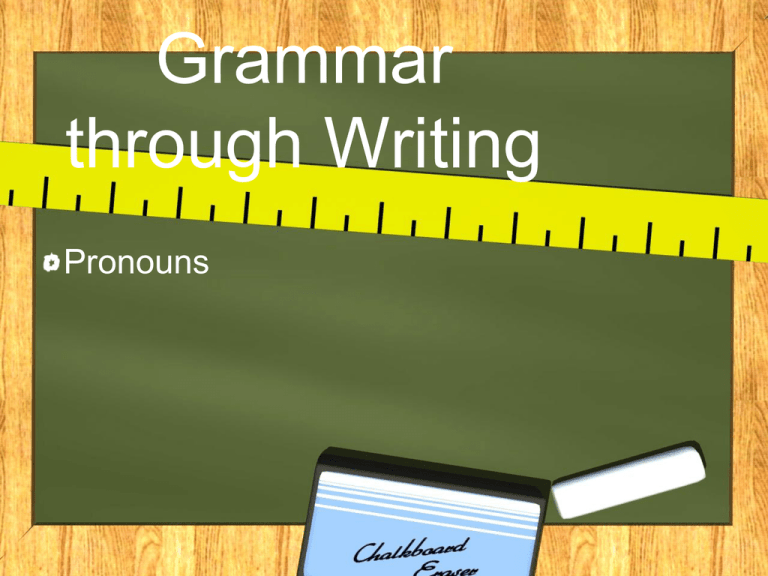
Grammar through Writing Pronouns What do these words have in common? I Me You He She We Us They Them It This That My Your Her His Its Our Their who What is a pronoun? A PRONOUN is a word that takes the place of a noun. A PRONOUN is a stand-in for a noun. PRONOUNS come in three flavors, or cases: subjective, objective, and possessive . Subjective pronouns appear as “subjects” of sentences and phrases. Objective pronouns appear as “objects” of sentences, phrases, and clauses. Possessive pronouns show ownership of a noun. Subjective Case Objective Case Possessive Case I read. Read to me. My book You read. Joan Reads to you. Your book She reads. Read to her. Her book He reads. Read to him. His book It reads. Read to it. Its book We read. Read to us. Our book They read. Read to them. Their book Who reads? To whom does she read? There are also different kinds of pronouns: Reflexive pronouns refer to themselves: myself, yourself, himself, herself, itself, ourselves, yourselves, themselves. Demonstrative pronouns indicate specific persons, places, or things: this, that, these, those. There are also different kinds of pronouns: Indefinite Pronouns point to, generally not specifically, persons, places, or things: all, any, anyone, both, either, everybody, everyone, few, many, most, neither, nobody, none, several. Some, somebody, someone. There are also different kinds of pronouns: Relative Pronouns introduce clauses: which, who, whom, whose, that. Interrogative Pronouns introduce questions: what, which, who, whom, whose.

